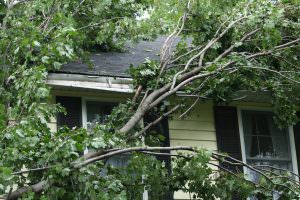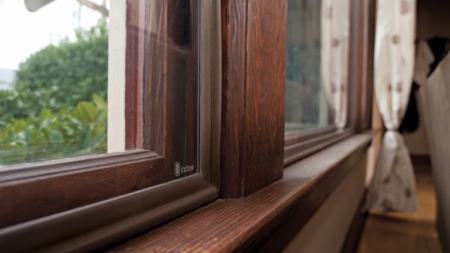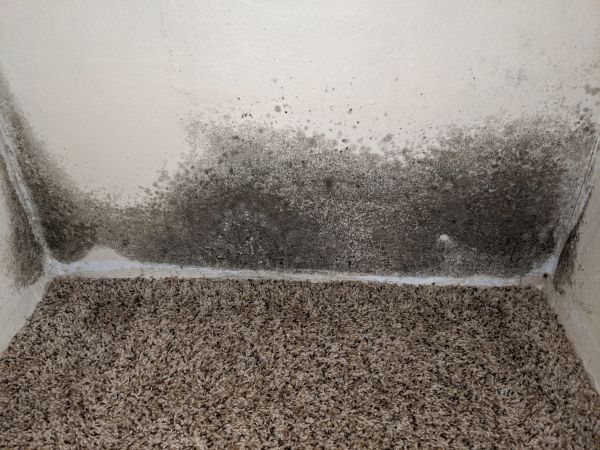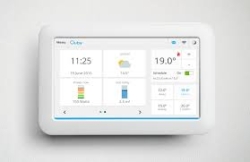Preparing for winter in the Pacific Northwest means more than just buying warm coats, drinking hot cocoa, and knitting fluffy scarves. It also means getting your home ready for wet and cold weather. Winter weatherization is maintenance for your home that can help prevent costly repairs and save on heating bills.
Below are winter preparation tips for inside your home:
- Replace furnace filters for increased energy efficiency and to prevent breakdowns in the middle of a cold snap.

Chimney balloon
- If you have a fireplace that you use, clean your chimney to remove highly flammable creosote. Inspect the chimney for any damage. If you don’t plan on using your fireplace as a heat source, a chimney balloon can be purchased and installed to prevent drafts. Many retail stores have chimney balloons available for purchase, including one online retailer that describes how to measure a fireplace for a chimney balloon. Chimney balloons even keep out critters like bats and bugs.
- Closely look at the weather stripping and caulk on windows and doors. Use caulk to fill in any gaps and replace worn or damaged weather stripping.
- Draft guards will block cold breezes on entry doors.
- If your home has gas heat, ensure that your home has a working carbon monoxide detector. This can detect potentially toxic levels of carbon monoxide from gas leaks or a plugged flue.
- Replace the batteries in smoke detectors.
- Water heaters should be flushed every 1-3 years depending on the model and water source. This will make the water heater more energy efficient and potentially extend the life of it. If you want to do it yourself instead of hiring a contractor, wikiHow has a step by step guide.

Pipe insulation
- Heat rises, so switch your ceiling fans to rotate clockwise to force hot air back down.
- Add a layer of insulation to the attic and crawl spaces if these are not already insulated. This will help keep heat in the home during the winter.
- Pipe insulation can prevent pipes from freezing, especially in colder locations.
- Plastic window film can help to prevent chilly drafts.
- Prepare for weather-related power outages by stocking up on non-perishable food and drinkable water. Make sure to have a light source that doesn’t rely on electricity, such as flashlights (make sure these have working batteries in them), candles, or oil lamps. Other items for a power outage kit include a battery-powered radio, first aid kit, manual can opener, matches or a lighter for the candles or oil lamp, and a cell phone power pack/bank (emergency power for a low cell phone battery).
The outside of a home, such as the yard and the roof, should be prepared for winter weather as well. Suggestions include:
- Clean out gutters and downspouts. Install leaf guards on gutters to prevent clogs. Extensions can also be installed on downspouts to send water away for your home.
- Check for loose or broken shingles and replace any if needed.
-

Prune tree limbs that touch the roof and siding.
Water can run down tree limbs and onto the roof or siding. Trapped moisture can shorten the lifespan of building materials, so prune trees that touch these areas on your home.
- Check your yard drainage to make sure that water flows away from your home.
- Seal entry points that small animals may use to crawl under the house or into the basement.
- Move potted plants indoors if they would not normally do well in winter weather. Store patio furniture and barbecue grills in a dry place or cover them well.
- Drain outdoor faucets to prevent pipes from freezing and potentially bursting.
- Drain your lawn irrigation system and garden hoses. Roll up garden hoses and store them in a dry place.
- Seal driveway and sidewalk cracks.
- If your home has a wooden deck, consider adding a fresh coat of sealant to combat damage from high moisture.




